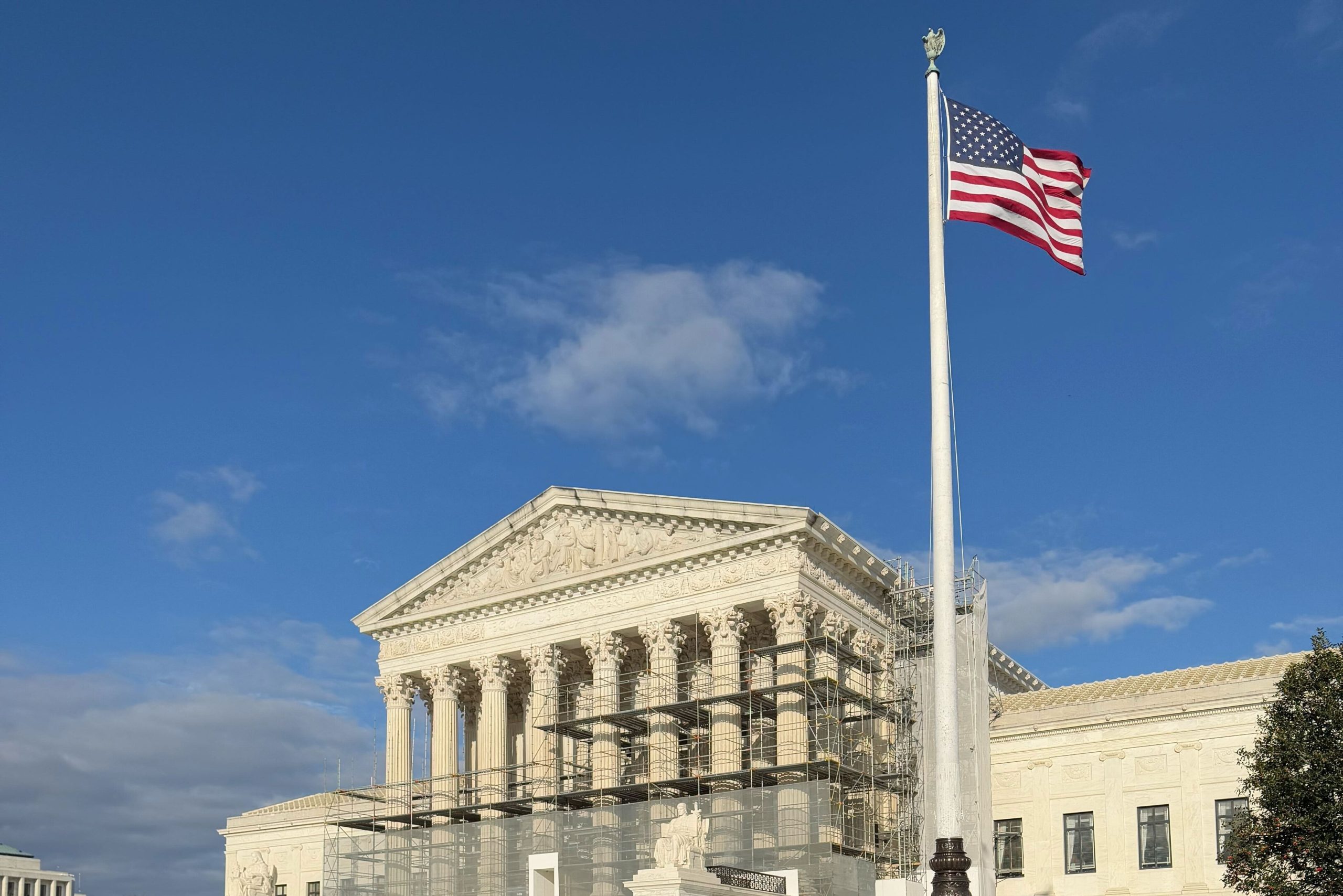Supreme Court Reverses Conviction in Thompson Case
on Mar 21, 2025
at 11:40 am

The justices hear Thompson v. United States in January. (Katie Barlow)
Background of the Case
The U.S. Supreme Court recently issued a unanimous decision that annulled a lower court’s ruling concerning Patrick Daley Thompson, a former Chicago alderman and member of the illustrious Daley political family. Thompson’s conviction for making misleading statements to bank regulators, which resulted in a four-month prison sentence, has been challenged on substantial legal grounds.
Key Legal Findings
The Supreme Court’s opinion, authored by Chief Justice John Roberts, focused on the interpretation of a federal statute that prohibits “false statements.” The Court clarified that the law only applies to statements deemed false, rather than those that may be misleading but still contain elements of truth. This pivotal distinction formed the basis of the Court’s reasoning in favor of Thompson.
Thompson’s Loans and Misstatements
The controversy arose from statements Thompson made to both a loan servicer and representatives from the Federal Deposit Insurance Corporation (FDIC) regarding loans he secured from the now-failed Washington Federal Bank for Savings. Over a span of three years, Thompson accrued three loans totaling approximately $219,000. However, he only signed documentation for the first loan and subsequently made minimal payments.
When the FDIC sought repayment, Thompson reported to them that his borrowing amounted to $110,000, corresponding only to the first loan. This assertion led to his conviction, as prosecutors contended that this statement misled federal regulators.
Supreme Court’s Interpretation
Chief Justice Roberts noted that the federal law in question specifically employs the term “false,” emphasizing that misleading statements are not sufficient for a conviction under this statute. He illustrated this by contrasting the statute’s language with other federal laws that explicitly include the term “misleading,” indicating that Congress intended for such distinctions to be significant.
Future Proceedings
The Supreme Court’s ruling does not eliminate the prospect of Thompson facing further scrutiny in lower courts. The justices indicated that there remains a possibility for his conviction to be upheld if it can be proven that his statements were indeed false. The Court articulated that further examination of whether a reasonable jury could conclude Thompson’s statements were false will be necessary upon returning the case to lower courts.
Concurring Opinions and Implications
During the deliberations, Justices Samuel Alito and Ketanji Brown Jackson provided concurring opinions that outlined different perspectives on the implications of the case. Alito pointed out the narrow focus of the Seventh Circuit, tasked with determining if the evidence presented could lead any rational jury to find Thompson guilty of making false statements. In contrast, Jackson expressed skepticism about the need for further assessment by asserting the jury’s initial verdict adequately addressed the matter of Thompson’s statements’ truthfulness.
Conclusion
This ruling marks an important exploration of the boundaries of federal criminal law, particularly in how it interprets statements made to federal regulators. As the case heads back to lower courts for further consideration, the ongoing discussions about regulatory compliance and legal definitions of misleading and false statements are likely to continue shaping the landscape of federal law.

